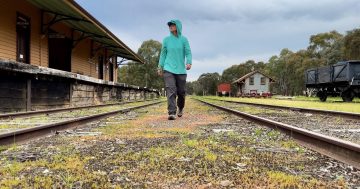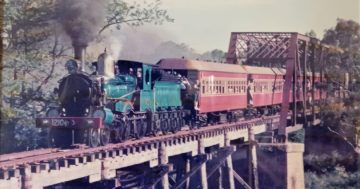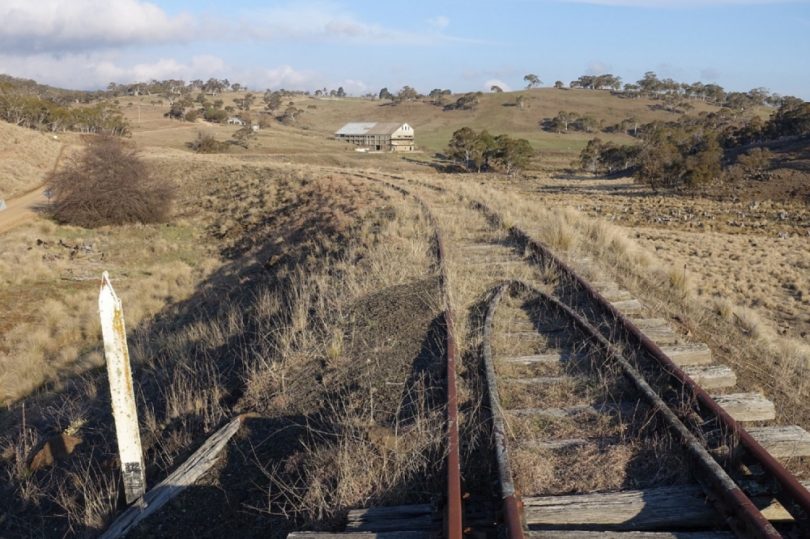
A section of the track between Cooma-Bombala. Photo: Supplied.
Ever driven through the beautiful Monaro and wished you could slow down and enjoy the scenery?
For years, the prospect of cycling or walking the 213 km of un-used railway line from Queanbeyan to Bombala has been entertained, but it was only recently that the Snowy Monaro Regional Council completed a feasibility study into the proposal, bringing it one step closer to reality.
The council has extended the time that the Monaro Rail Trail Draft Feasibility Report will be on public exhibition, so you can have your say until 22 January.
Completing the trail has a $48 million price tag for an unpaved trail made from compacted gravel, with an additional $10-15 million to pave the trail with asphalt.
The feasibility study acknowledges the massive outlay for the community but looks to other established trails such as the Otago Central Rail-Trail in New Zealand as examples of how local tourism can benefit from national and international visitors seeking off-the-track tourism.
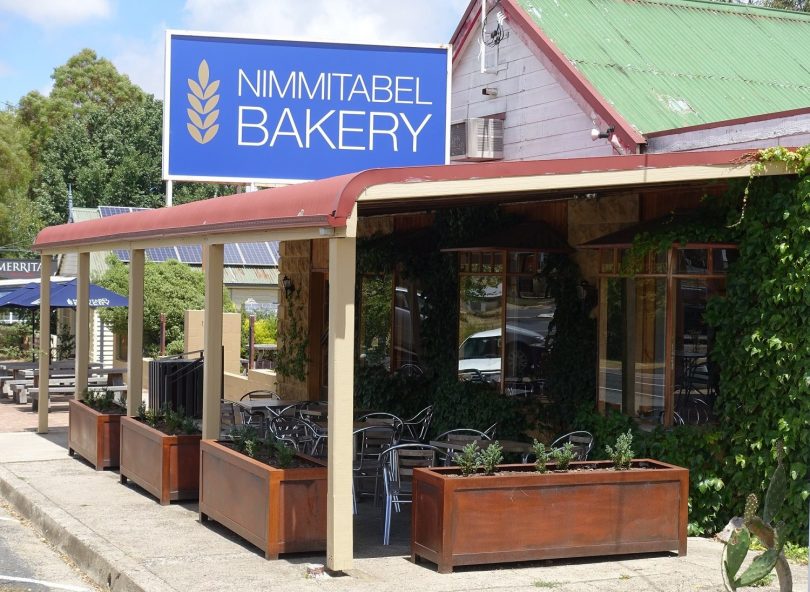
There’s the potential for a huge boost to the tourism market for towns on the trail. Photo: Friends of Monaro Rail Trail Facebook.
It is forecast that the Michelago to Bombala section could inject $19 million into the local economy each year, and the Queanbeyan to Bombala section could be worth a $24 million a year in additional expenditure.
The report says that a large portion of the cost would be in restoring old bridges.
“There are approximately 1900 lineal metres of existing bridges, with several long structures, including the 390-metre long bridge over the Numeralla River. The cost to transform these bridges to make them safe and suitable for cyclists, walkers and other users add considerably to the overall cost of the trail – but these bridges are the quintessential features that make rail-trails as popular as they are.”
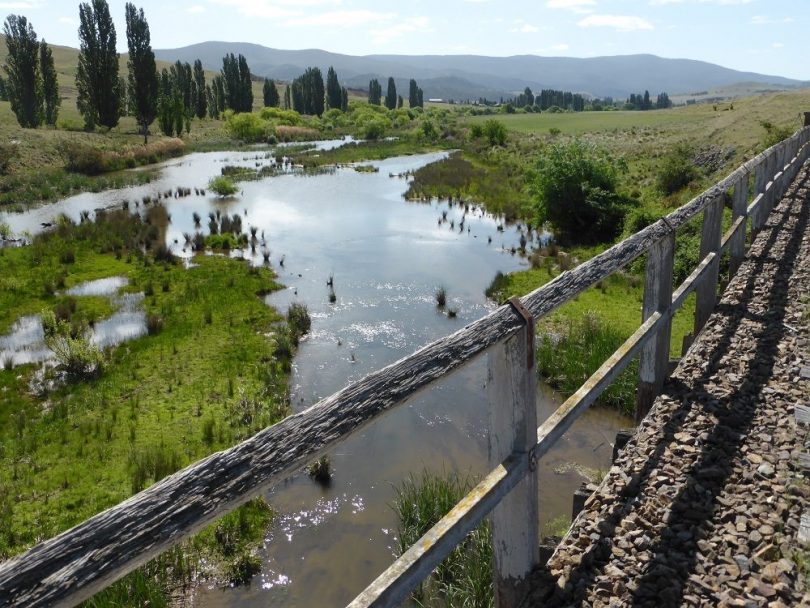
A bridge near Bredo along the trail is one of many. Photo: Friends of Monaro Rail Trail Facebook.
In order to move ahead with the project, the council would have to establish that the trail could not be restored as an active railway line.
“It is evident that should it be proven feasible that a train could be re-established on the corridor between Queanbeyan and Bombala, a trail could not share the same corridor as that train service,” the report says.
However, it’s unlikely that a modern train would follow the same path as the historic line, considering it was set down for a much-slower steam train and constructed with manual labour.
Many other possible roadblocks to the project going ahead have been considered in the study, including emergency access, the threat of fire, loss of privacy for landowners, the cost of fencing the trail, weeds and biosecurity and “interactions between nervous livestock and trail users with dogs”.
It’s anticipated that the proposed trail would be used by recreational cyclists, walkers/hikers, horse riders (where permitted), joggers, trail runners, people in wheelchairs, people in mobility scooters (gophers), parents with prams, school groups, clubs and families.
Overall, the feasibility study concluded that aside from the enormous challenge of funding the project, there are no insurmountable obstacles to the Monaro Rail Trail going ahead.
The consultants point out that the large cycling base in Canberra/Queanbeyan, including new Queanbeyan suburbs of South Jerrabomberra and Tralee, will use the trail as a commuter trail, as well as a long-distance recreation trail.
“When compared with other rail-trails assessed in NSW and Queensland, each individual section of the proposed Monaro Rail Trail rates highly. This is mainly due to the presence of a town (with services) at both ends, wonderful scenery along the way and proximity to potential users/markets,” the report concludes.
For more information, head to Snowy Monaro Regional Council and follow Friends of Monaro Rail Train on Facebook.
Original Article published by Elka Wood on About Regional.












